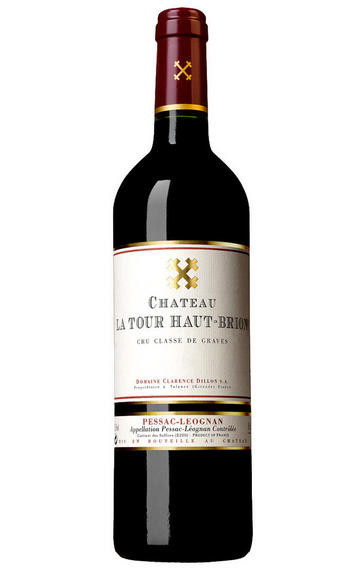
2004 Château la Tour Haut-Brion, Pessac-Léognan, Bordeaux
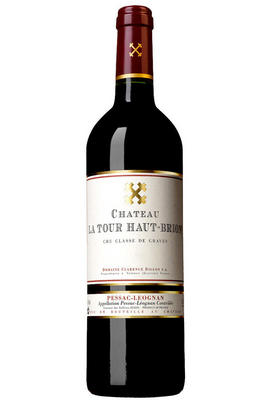
Critics reviews
Robert M. Parker, Jr. - 29/06/2007
Jancis Robinson - www.jancisrobinson.com - 05-Apr-2005
About this WINE
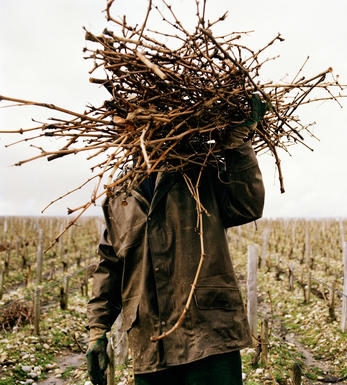
Chateau La Tour Haut-Brion
Château La Tour Haut Brion was a separate château, under the same ownership as Châteaux Haut Brion and La Mission Haut Brion.
Until 1983 Ch. la Tour Haut-Brion was the second wine of La Mission Haut-Brion, but after the take-over of La Mission and La Tour by the Domaine Clarence Dillon, La Tour gained its own identity. The last vintage of this wine in its own right was 2005, it has since been incorporated into the production of La Mission.
The vineyards are planted with 42% Cabernet Sauvignon, 35% Cabernet Franc, 23% Merlot, a similar mix to Haut Brion itself.
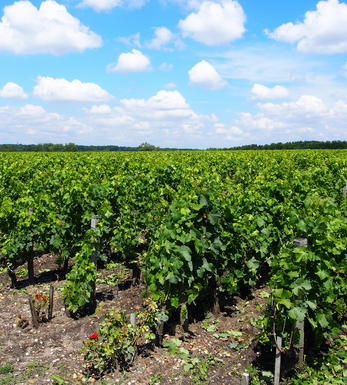
Pessac-Leognan
In 1986 a new communal district was created within Graves, in Bordeaux, based on the districts of Pessac and Léognan, the first of which lies within the suburbs of the city. Essentially this came about through pressure from Pessac-Léognan vignerons, who wished to disassociate themselves from growers with predominately sandy soils further south in Graves.
Pessac-Léognan has the best soils of the region, very similar to those of the Médoc, although the depth of gravel is more variable, and contains all the classed growths of the region. Some of its great names, including Ch. Haut-Brion, even sit serenely and resolutely in Bordeaux's southern urban sprawl.
The climate is milder than to the north of the city and the harvest can occur up to two weeks earlier. This gives the best wines a heady, rich and almost savoury character, laced with notes of tobacco, spice and leather. Further south, the soil is sandier with more clay, and the wines are lighter, fruity and suitable for earlier drinking.
Recommended Châteaux: Ch. Haut-Brion, Ch. la Mission Haut-Brion, Ch. Pape Clément, Ch Haut-Bailly, Domaine de Chevalier, Ch. Larrivet-Haut-Brion, Ch. Carmes Haut-Brion, Ch. La Garde, Villa Bel-Air.
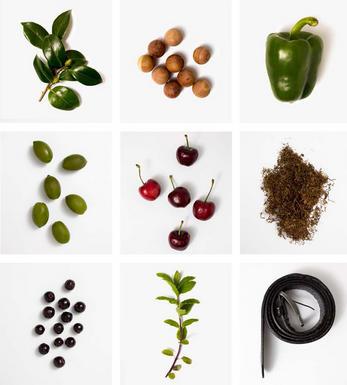
Cabernet Sauvignon Blend
Cabernet Sauvignon lends itself particularly well in blends with Merlot. This is actually the archetypal Bordeaux blend, though in different proportions in the sub-regions and sometimes topped up with Cabernet Franc, Malbec, and Petit Verdot.
In the Médoc and Graves the percentage of Cabernet Sauvignon in the blend can range from 95% (Mouton-Rothschild) to as low as 40%. It is particularly suited to the dry, warm, free- draining, gravel-rich soils and is responsible for the redolent cassis characteristics as well as the depth of colour, tannic structure and pronounced acidity of Médoc wines. However 100% Cabernet Sauvignon wines can be slightly hollow-tasting in the middle palate and Merlot with its generous, fleshy fruit flavours acts as a perfect foil by filling in this cavity.
In St-Emilion and Pomerol, the blends are Merlot dominated as Cabernet Sauvignon can struggle to ripen there - when it is included, it adds structure and body to the wine. Sassicaia is the most famous Bordeaux blend in Italy and has spawned many imitations, whereby the blend is now firmly established in the New World and particularly in California and Australia.


Buying options
Add to wishlist
Description
Only 2,000 cases were produced of the 2004 La Tour Haut-Brion, which is the estates next to last vintage as the entire vineyard was absorbed into La Mission-Haut-Brion in 2006. In that vintage, virtually the entire production of La Tour Haut-Brion was utilized for La Missions second wine, La Chapelle de la Mission. The elegant 2004 La Tour Haut-Brion exhibits resiny notes intermixed with blueberries, cherries, and earth. While pinched in the finish and displaying austere tannin, it is a fresh, elegant, restrained effort that should evolve for 10-15 years.
Robert M. Parker, Jr. - 29/06/2007
wine at a glance
Delivery and quality guarantee